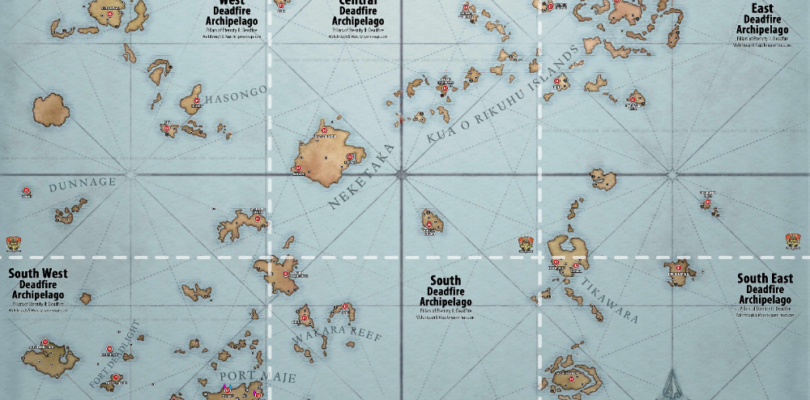

His notebooks, sketches, watercolours, and daguerreotypes studiously document the architectural styles, condition, measurements, and proportions of the major civic and religious buildings throughout the city and the surrounding islands. He did this by collating vast amounts of detailed information about the state of her buildings, determined to document the chronology of the mediaeval city and to understand the system of pure Venetian Gothic. In turn, she became fundamental to Ruskin’s career, providing inspiration for his The Seven Lamps of Architecture (1849) and the three illustrated volumes of The Stones of Venice (1851–1853).īefore Venice had the chance to dissolve into the lagoon, Ruskin set about capturing it. Footnote 4 He later attributed to Rogers’ book the shaping of ‘the entire direction of my life’s energies’ (xxxv.29): Venice. When he finally made that first visit, Ruskin was so overwhelmed by the charms of Venice that he wept when he had to leave.

Turner’s (1775–1851) ethereal paintings of Venice and the poetry of Lord Byron (1788–1824) further shaped Ruskin’s wistful sentiment for the city. Mark’s Basilica was unveiled in an imaginative and poetic way that captured Ruskin’s juvenile sensibilities.
#Blank pillars of eternity map full#
The book, Samuel Rogers’ Italy: A Poem (1830), painted a mysterious almost improbable world, full of palaces, gondolas, and canals. Footnote 2 A present, given to him on his thirteenth birthday, had introduced him to the city’s treasures in detail. Footnote 1 Over the next fifty years, he would visit a further ten times and became intimately acquainted with every aspect of the watery paradise, its canals, and enchanting lagoon. On arriving in Venice for the first time, in 1835, John Ruskin (1819–1900) exclaimed ‘ Thank God I am here! It is the Paradise of cities’ (xxxv.296). His mission, then, was to ensure the stones of Venice were understood as beautifully imperfect, and to do so by illuminating the sacra conversazione between the past and the present. Underlying this concept was Ruskin’s preference for architectural preservation, as opposed to restoration. Ruskin’s dissipating watercolours and radical daguerreotypes promote the expressive qualities of Venice’s architecture as a form of imperfect beauty. His images are contrasted with those of John Wharlton Bunney (1828–1882) and Frederic, Lord Leighton (1830–1896).

Mark’s Basilica, along with some seldom discussed daguerreotypes, this chapter illuminates Ruskin’s sympathetic attempt to capture the city’s ‘fleeting beauty’. His mission to document the buildings was his response to the damaging restorations occurring from the 1840s onwards. John Ruskin’s The Stones of Venice (1851–1853) is testament to the architectural and artistic achievements of both the city and Ruskin.


 0 kommentar(er)
0 kommentar(er)
